These days it can feel more like “guilty until proven innocent” than the opposite. And, if you wind up on the wrong side of public opinion you can bet the media’s been involved. While interactions with members of the media don’t necessarily need to be hostile, when you’re knee-deep in crisis most reporters are looking for a dramatic story, not to help you get your message out.
In this classic article, Jonathan Bernstein provides some tips to help you understand what leads to the media putting you on trial, and how you can best handle the situation in order to reduce the impact being painted as the bad guy preemptively can have.
Integrating Public Relations and Legal Strategy: Trial by Media
By Jonathan Bernstein
As Written for Arizona Attorney
Crisis: an unstable or crucial time or state of affairs whose outcome will make a decisive difference for better or worse(Webster’s New Collegiate).
You know the tenor of Arizona’s daily media. It doesn’t take all that much to make front page/prime time news. You can be there involuntarily or voluntarily, fighting the media or cooperating with them to the extent it doesn’t compromise your legal strategy. And once you’re there, almost every audience important to your client’s business and your legal case (e.g., the jury pool) is going to be seeing the media’s version of the alleged facts. That’s “trial by media.”
The outcome of that “trial” is dependent to an unfortunate extent on the quality of reporting, but if you are prepared to deliver your key messages, have been media trained, and can view the media as a gateway to important audiences (versus “the enemy”), you can optimize the results. Sometimes that just means being quoted accurately. Sometimes that means a story which looks very good for “your side.”
To get from here to there, you have to overcome what I’ve termed “The Five Conundrums of Media Relations,” which are as follows:
- A reporter has the right to challenge anything you say or write, but will bristle when you try to do the same to them.
- A reporter can put words in a naive source’s mouth via leading questions (“Would you say that…? Do you agree that…? Do you feel that…?”) and then swear by the authenticity of those quotes.
- The media will report every charge filed in a criminal or civil case despite the fact that a civil case, in particular, can make all sorts of wild, unproven claims with coverage focusing far more on the allegations than on responses by a defendant.
- The media usually carries a bigger stick than you through its ability to selectively report facts and characterize responses, and via the public perception that “if I saw it in/on the news, it must be true.”
- “Off the record” often isn’t and “no comment” means “I’ve done something wrong and don’t want to talk about it.”
Attorney Marc Budoff, a partner at Budoff and Ross whose practice emphasizes criminal defense, says that his worst “trial by media” experiences occur “when I am representing someone facing emotion-eliciting charges, such as vehicular manslaughter or breaching the public trust.” In those situations, he notes, “the media tends to editorialize in the guise of reporting, pandering to the emotionalism of the public. There is no balance, and constitutional issues of due process and fair trial get pushed aside.”
Attorneys with a weak case or a client that has limited financial resources have often engaged in deliberate “trial by media” tactics to force a settlement, with mixed results. It’s always a risky tactic because no one can reliably manage the media; still, some regularly succeed in winning through embarrassment. However, warns Budoff, “you have to be thinking in the long-term about your strategy. If you think you might want to attack the prosecution for improper media disclosure at some later date, you’re better off taking a lower profile at first.”




